In the heart of Italy’s Marche region, archaeologists have made a remarkable discovery that’s shedding new light on the opulent lives of ancient nobility. The Corinaldo Necropolis, a burial ground dating back to the 7th century B.C., has yielded yet another treasure trove – a “princely” tomb containing over 150 exquisite artifacts, including a well-preserved chariot.
This extraordinary find, part of the ongoing ArcheoNevola Project, offers a fascinating glimpse into the world of the Piceni, an ancient Italic people who once thrived in this area. From finely crafted bronze objects to Etruscan imports, the tomb’s contents paint a vivid picture of wealth, power, and far-reaching trade connections in pre-Roman Italy. Join us as we delve into the secrets of this princely burial and explore what it reveals about life in ancient Picenum.
The Piceni: Exploring the Ancient Italic People of Marche
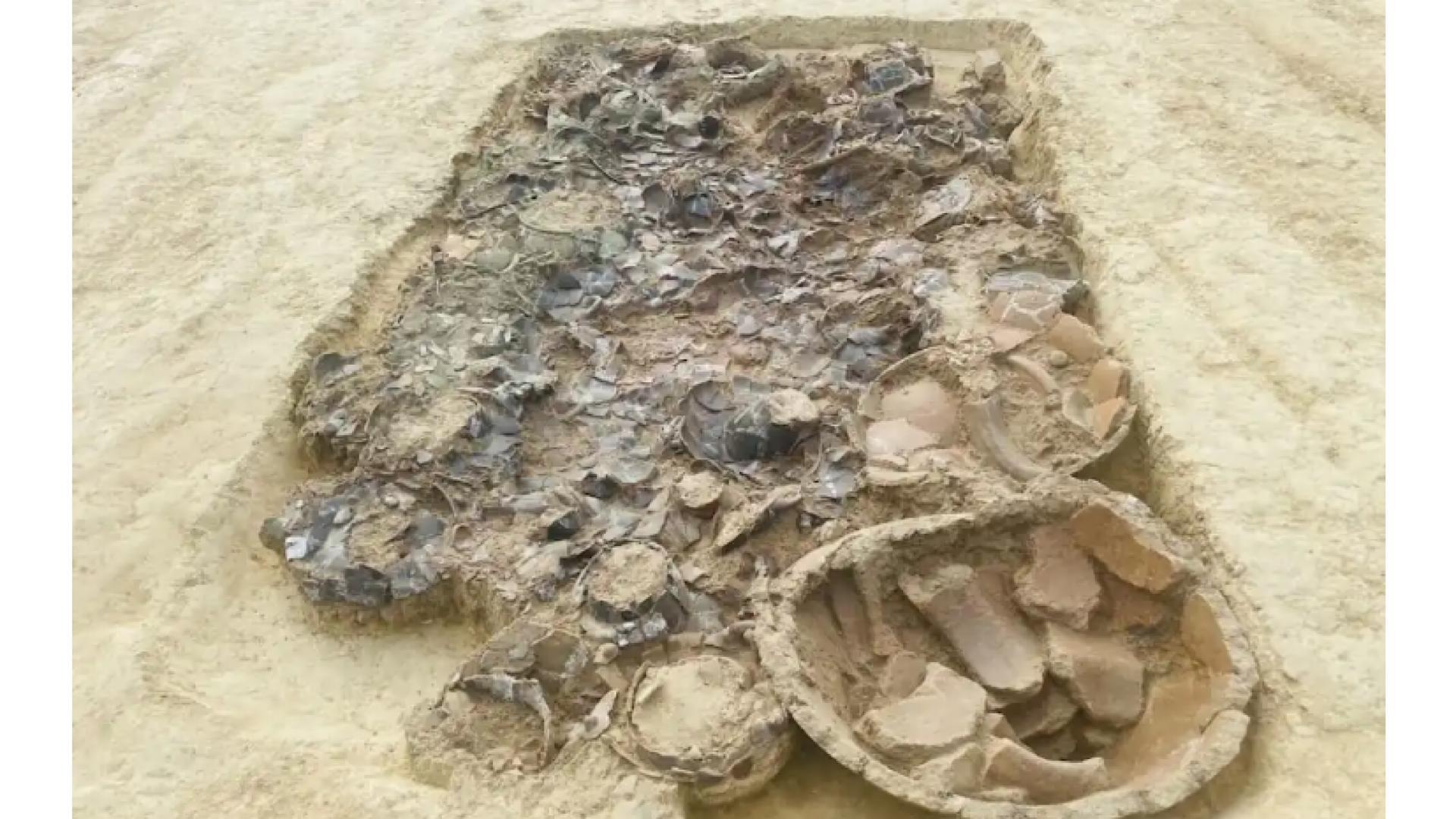
The Piceni were an ancient Italic people who inhabited the regions of modern-day Marche and parts of Abruzzo from the 9th to 3rd centuries B.C. Known for their distinctive culture and artistic traditions, the Piceni left behind a rich archaeological legacy that continues to fascinate researchers.
This newly discovered tomb provides invaluable insights into Picene society, particularly its elite class. The abundance and quality of grave goods suggest a highly stratified culture with sophisticated craftsmanship and trade networks. By studying these artifacts, archaeologists can piece together a more complete picture of Picene daily life, religious beliefs, and social structures.
The ArcheoNevola Project: Uncovering Italy’s Hidden Past
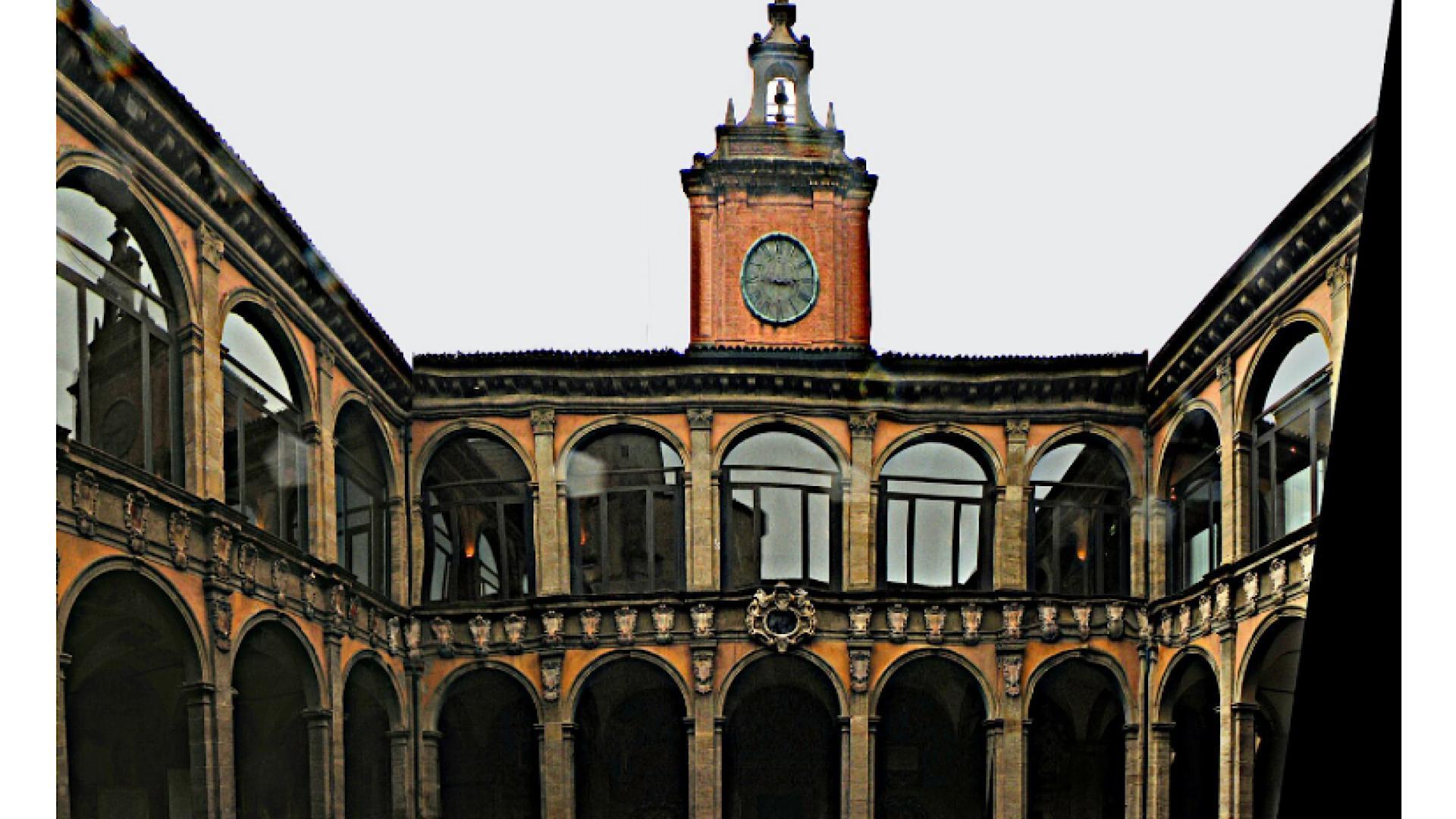
The ArcheoNevola Project, a collaborative effort between the University of Bologna, the Municipality of Corinaldo, and the Superintendency of Archaeology, Fine Arts and Landscape, has been actively exploring the Corinaldo Necropolis since 2018. This ongoing research initiative aims to uncover and preserve the rich archaeological heritage of the area.
Through systematic excavations and the use of modern archaeological techniques, the project has already yielded significant finds, including two princely tombs. These discoveries are not only expanding our knowledge of ancient Italian cultures but also highlighting the importance of sustained, collaborative archaeological research in revealing the hidden chapters of human history.
Chariot Burials in Ancient Italy: Status Symbols of the Elite
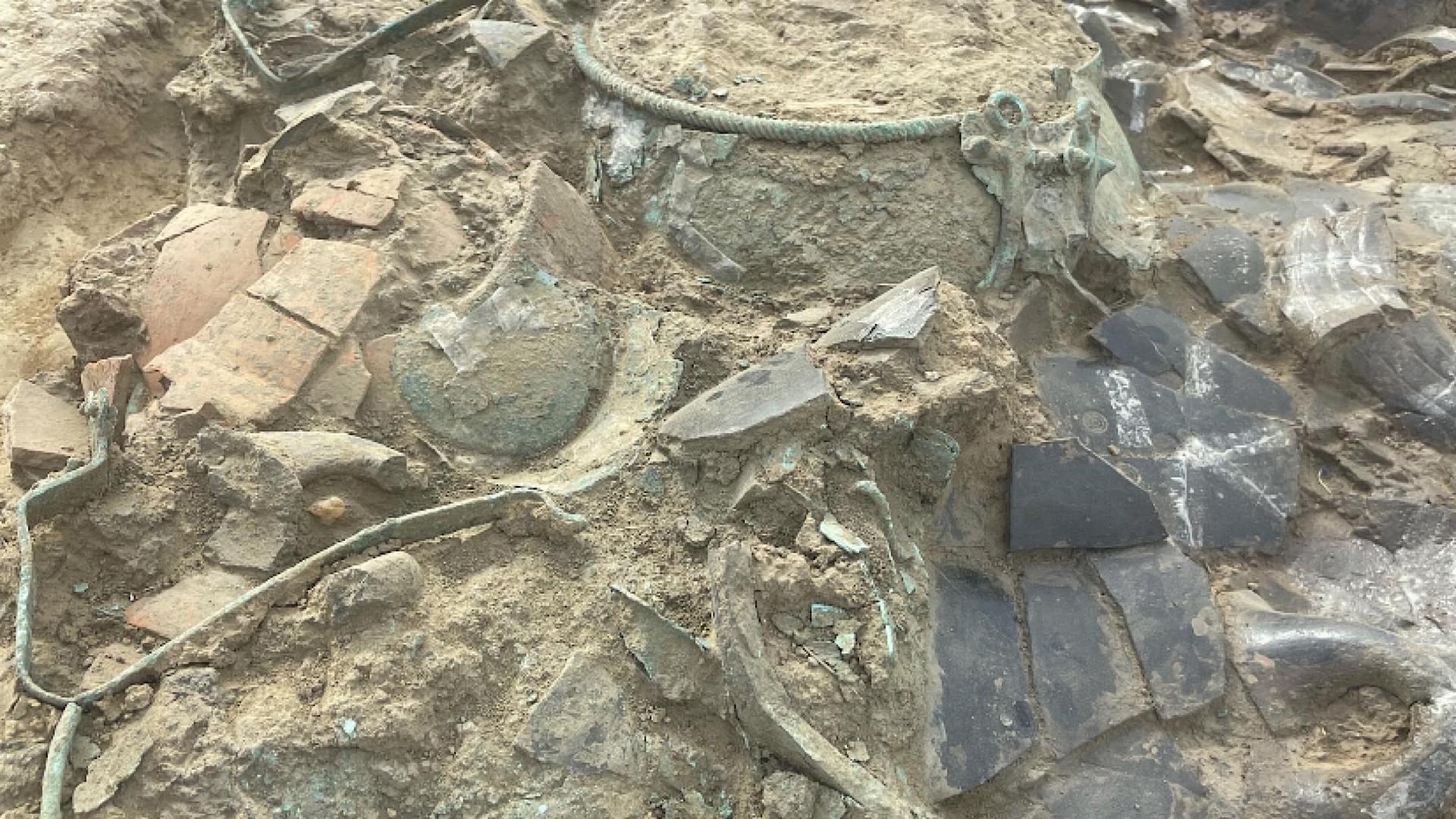
The inclusion of a two-wheeled chariot in the newly discovered tomb at Corinaldo is a testament to the high status of its occupant. Chariot burials were relatively rare and typically reserved for individuals of great importance in ancient Italian societies, symbolizing their power, wealth, and possibly their role in life.
These vehicles were not just practical transportation but also potent symbols of authority and military prowess. The presence of a chariot in a burial context suggests that the deceased was likely a military or political leader, providing valuable insights into the social hierarchy and power structures of Picene society in the 7th century B.C.
Bronze Age Craftsmanship: Analyzing the Tomb’s Prestigious Artifacts
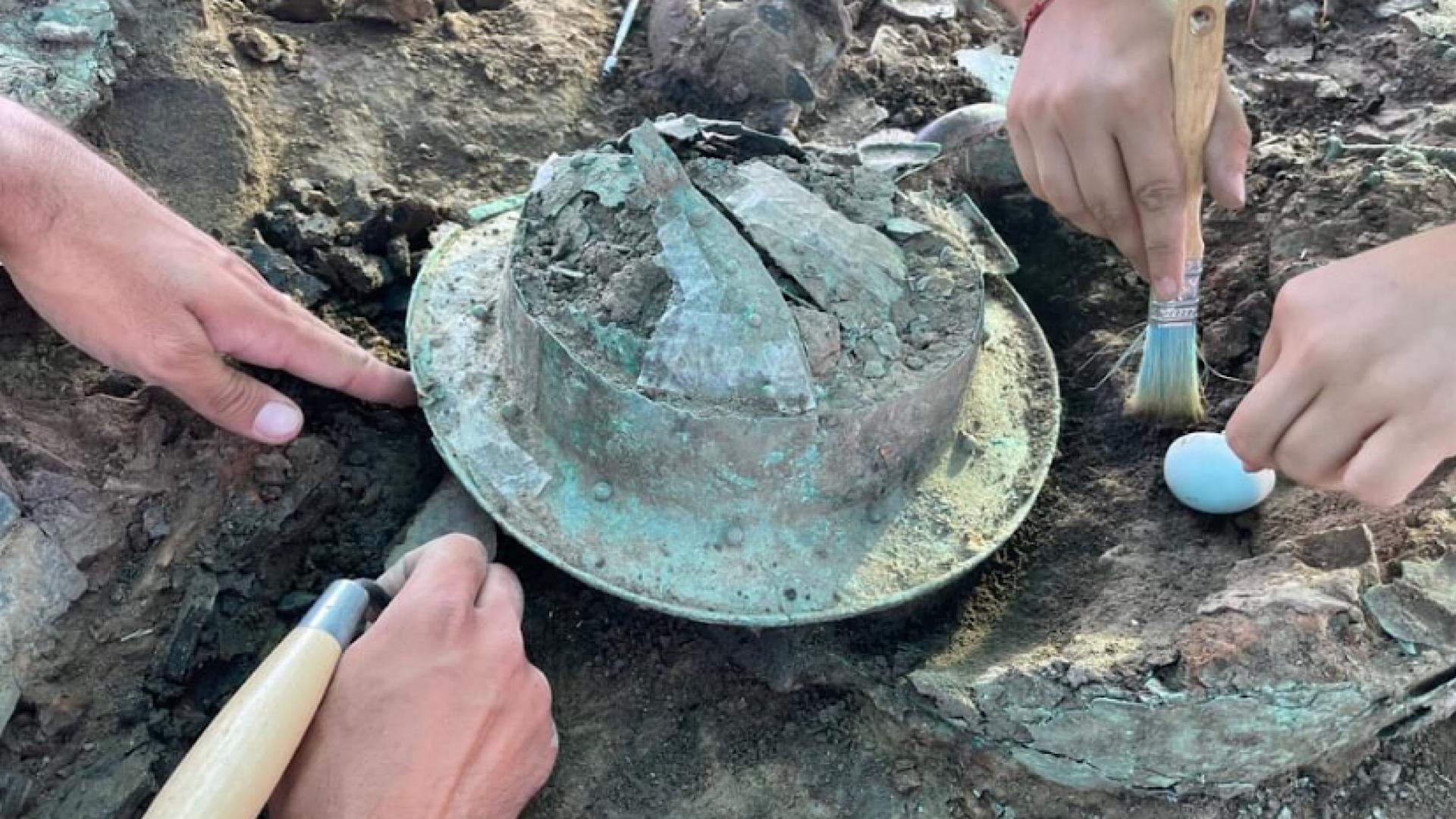
The princely tomb at Corinaldo has yielded a treasure trove of over 150 artifacts, many of which showcase the exceptional craftsmanship of the Bronze Age. Notable among these are the bronze objects, including a helmet, a cauldron, and numerous finely decorated containers, each demonstrating the high level of metallurgical skill achieved by ancient artisans.
These artifacts not only serve as beautiful objects in their own right but also provide valuable information about technological capabilities, artistic styles, and cultural preferences of the time. By studying the techniques used to create these items, researchers can gain insights into the production methods, trade networks, and artistic influences that shaped Picene material culture.
Ancient Trade Networks: Etruscan Influences in Picene Culture
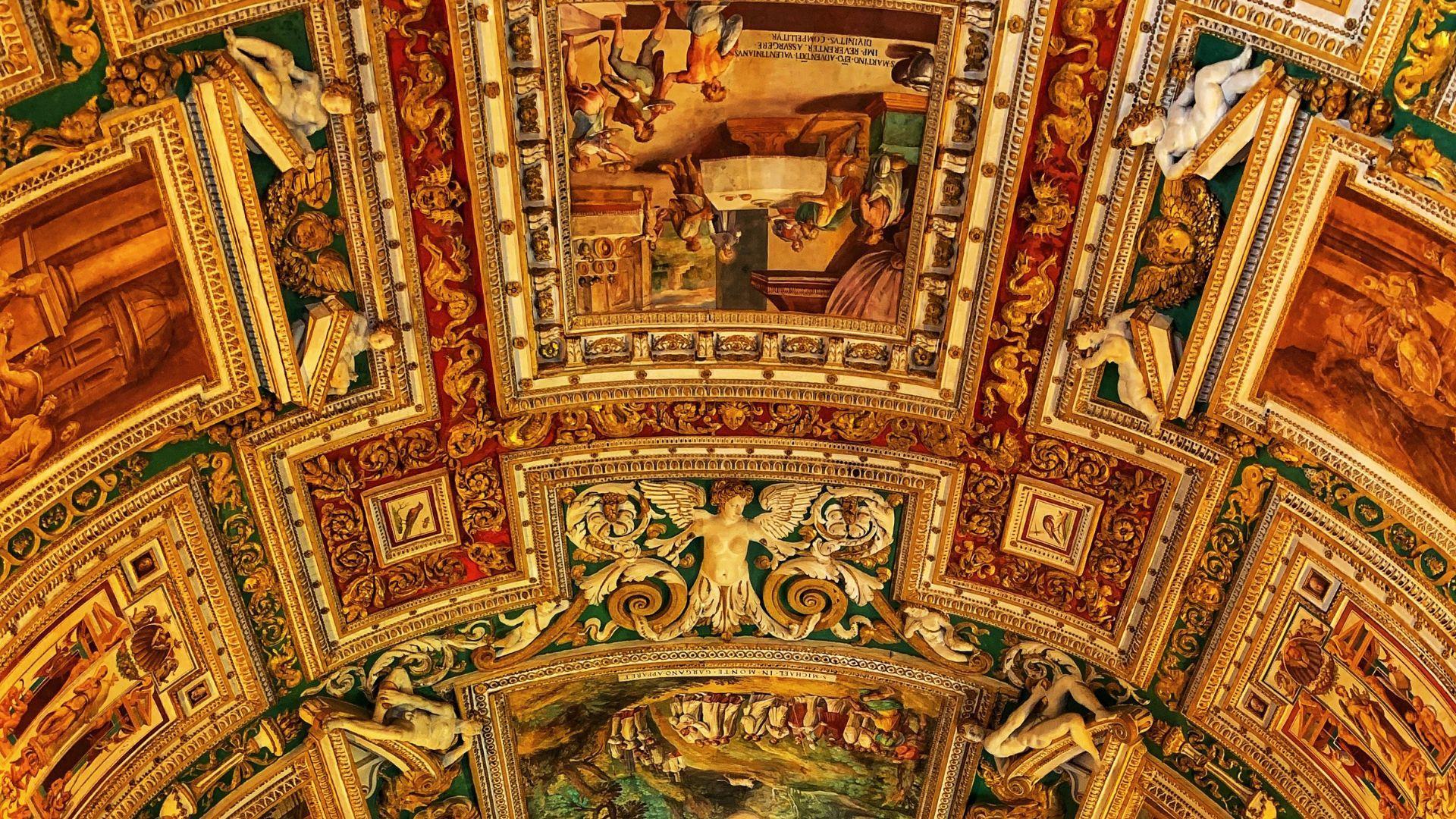
The presence of Etruscan objects in the Corinaldo tomb highlights the extensive trade networks that connected different cultures in ancient Italy. The Etruscans, a powerful civilization that flourished in central Italy, clearly had significant economic and cultural exchanges with the Picene aristocracy.
These imported goods not only demonstrate the wealth and far-reaching connections of the Picene elite but also suggest a complex web of cultural interactions. By analyzing these Etruscan artifacts alongside local Picene items, archaeologists can better understand the flow of goods, ideas, and artistic styles across ancient Italian societies, shedding light on the interconnectedness of these cultures.
Banqueting in the Afterlife: Food and Drink in Ancient Italian Burials
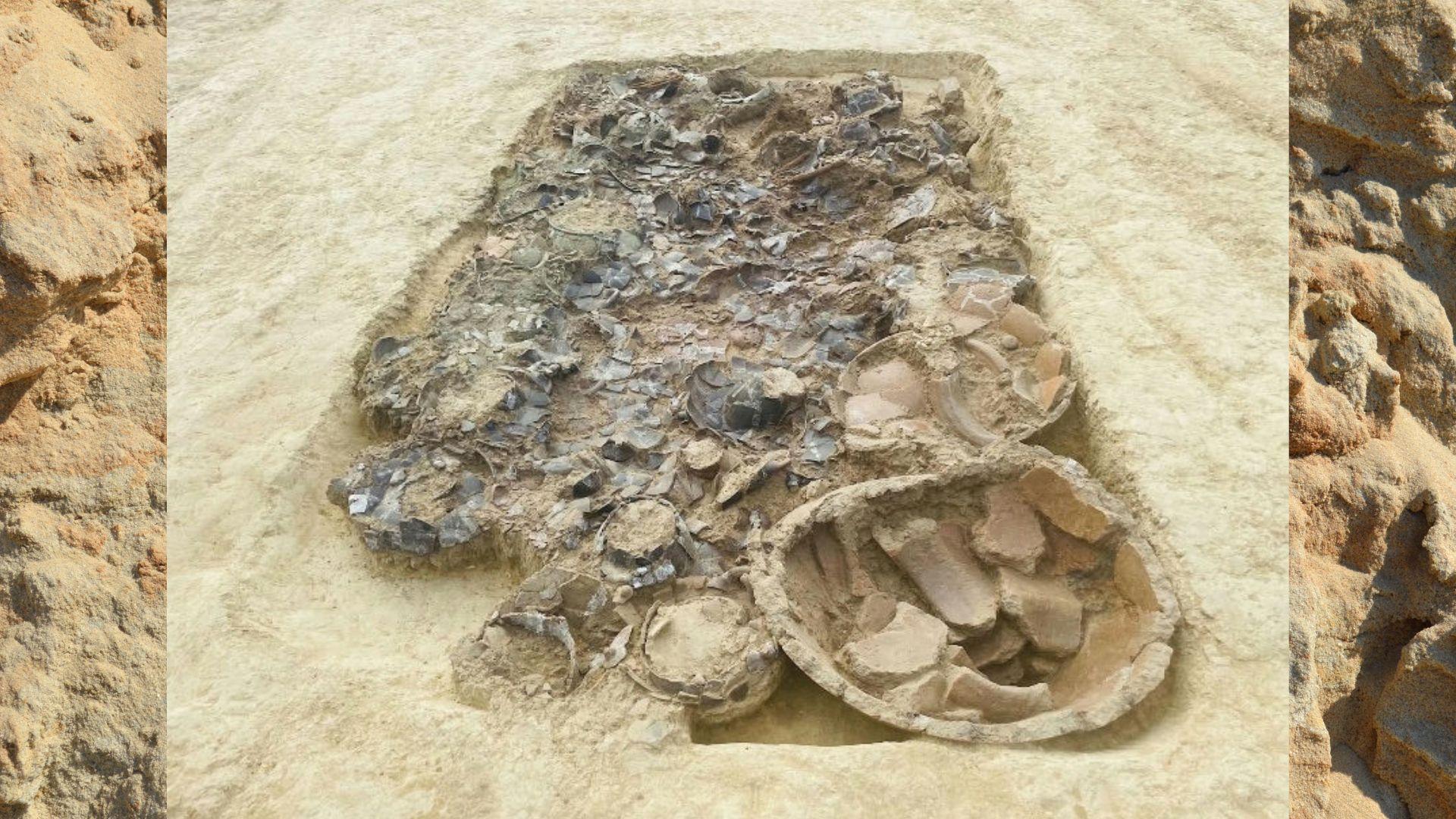
The discovery of numerous objects related to banqueting, such as an iron ax for processing meat and pottery for serving food and drink, provides fascinating insights into ancient Italian beliefs about the afterlife. These items suggest that the Piceni, like many ancient cultures, believed in providing for the deceased’s needs in the next world.
The presence of elaborate dining sets in tombs also reflects the importance of feasting in Picene society. Banquets were likely significant social events that reinforced status and community bonds. By including these items in burials, the living ensured that the deceased could continue to participate in such important social rituals even after death, maintaining their status in the afterlife.
The Corinaldo Necropolis: A Window into 7th Century B.C. Society
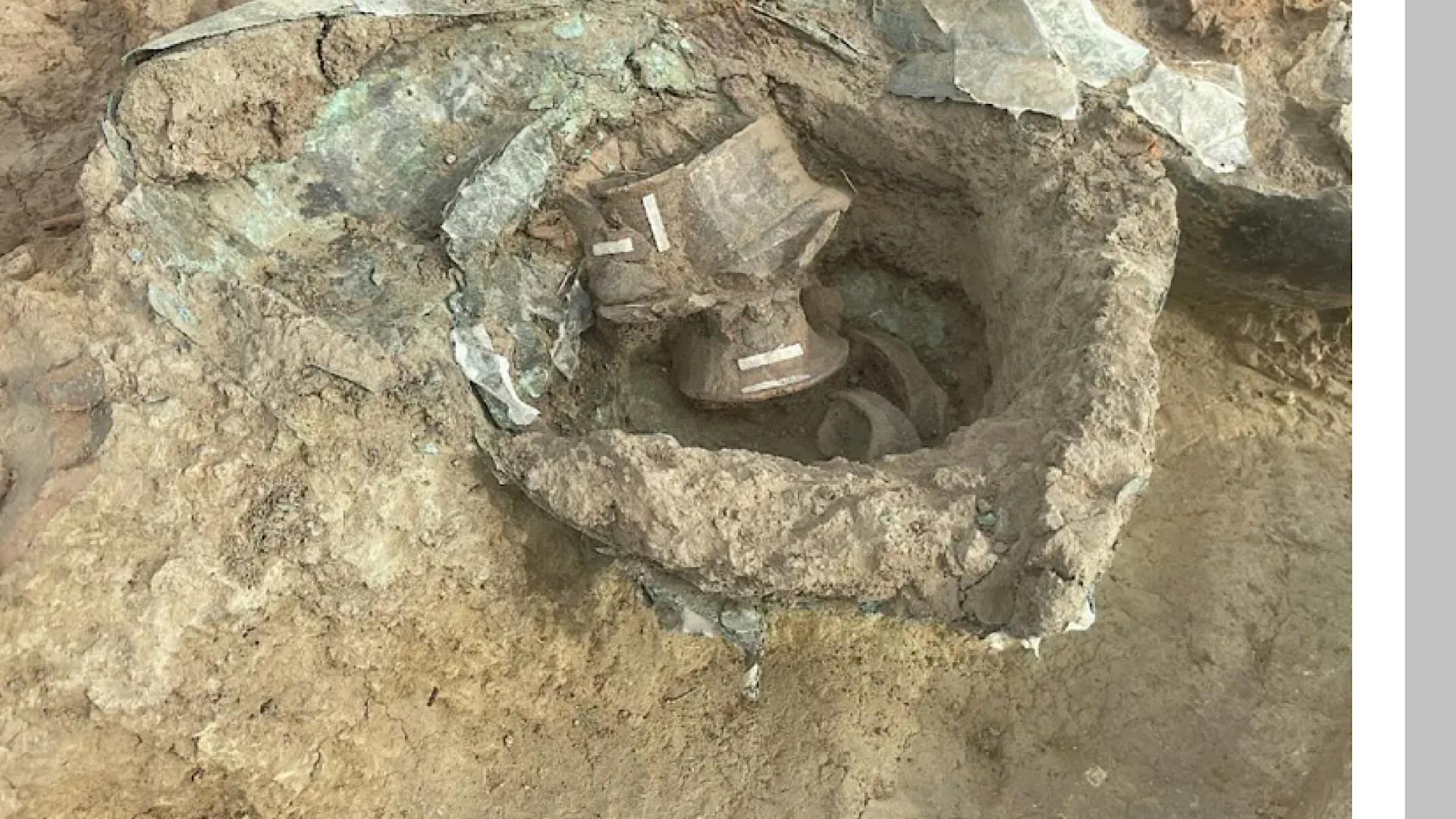
The Corinaldo Necropolis, with its princely tombs and rich array of artifacts, offers a unique glimpse into the social structure and material culture of 7th century B.C. Italy. The necropolis serves as a microcosm of Picene society, reflecting its hierarchies, beliefs, and cultural practices through the way the dead were honored and buried.
By studying the layout of the necropolis, the types of burials present, and the distribution of grave goods, archaeologists can infer much about the social organization of the living community. The presence of elite burials alongside more modest ones can reveal information about social stratification, while the types of objects included in graves can illuminate aspects of daily life, technological capabilities, and trade relations of the period.
Comparing the Two Princely Tombs of Corinaldo
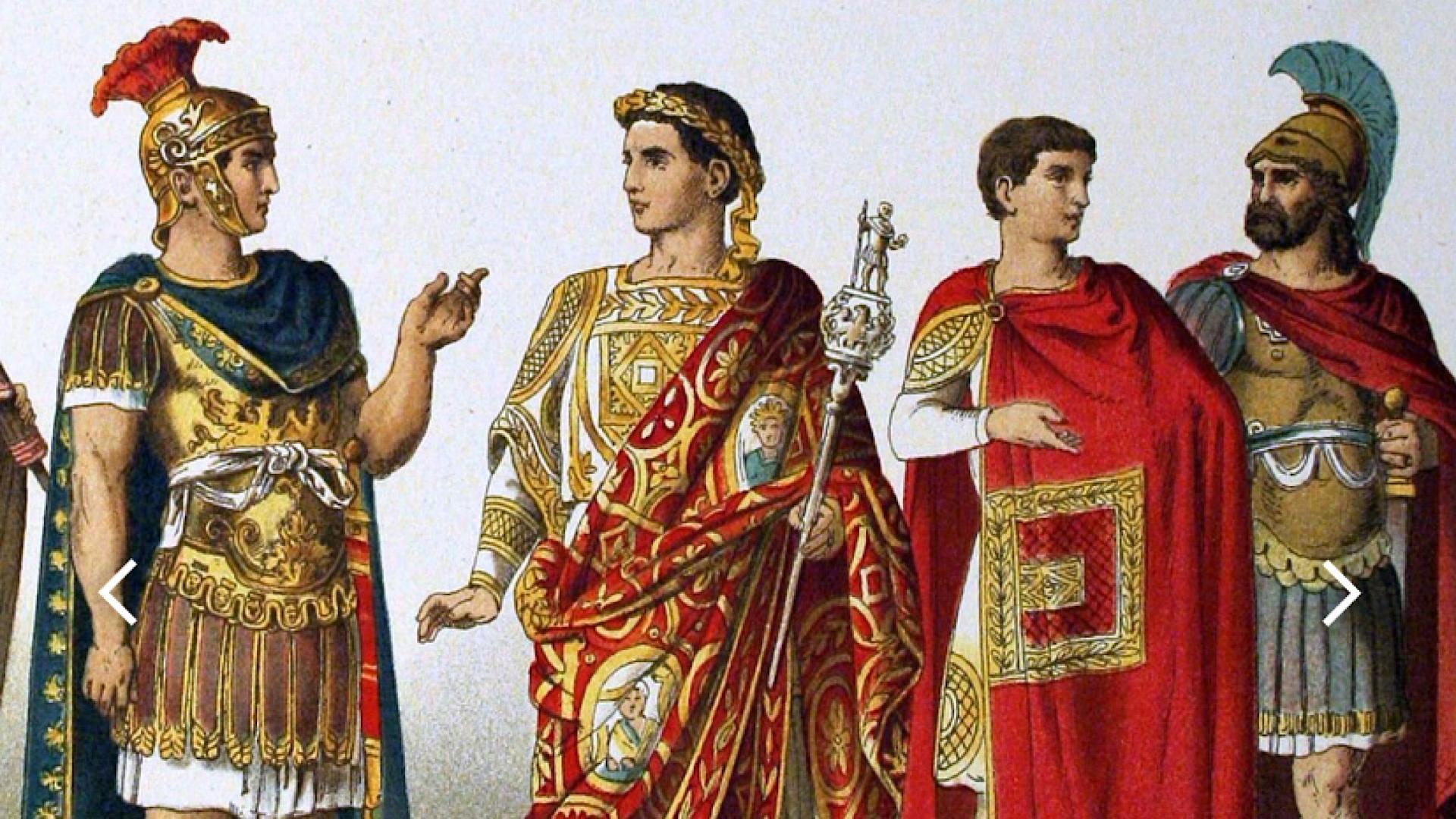
The discovery of a second princely tomb at Corinaldo, following the 2018 find, provides a unique opportunity for comparative analysis. By examining the similarities and differences between these two elite burials, archaeologists can gain deeper insights into Picene funeral practices and social hierarchies.
Comparing the types and quantities of grave goods, the construction methods of the tombs, and their positions within the necropolis can reveal information about changes in wealth, status, or burial customs over time. It may also help identify family or dynastic connections, if any exist, between the occupants of these two prestigious burials.
Archaeological Techniques: How Modern Technology Aids in Ancient Discoveries

The Corinaldo excavation demonstrates modern technology’s crucial role in archaeological research. Advanced surveying techniques, such as ground-penetrating radar, may have been used to locate the tomb before excavation began. During the dig, precise recording methods and digital documentation tools help preserve contextual information critical for later analysis.
Post-excavation, various scientific techniques can be applied to the artifacts. These might include radiocarbon dating for organic materials, X-ray fluorescence for analyzing metal composition, or 3D scanning for detailed study and preservation of delicate objects. These modern methods, combined with traditional archaeological expertise, allow for a more comprehensive understanding of ancient sites and artifacts than ever before.

